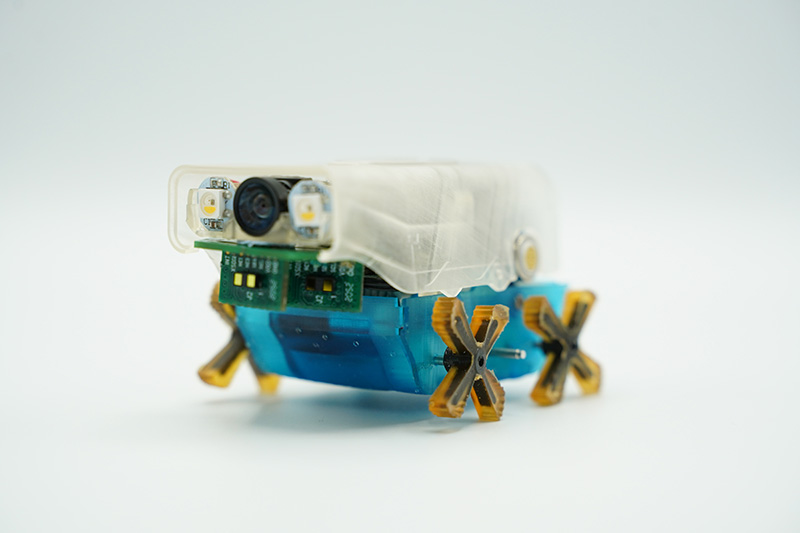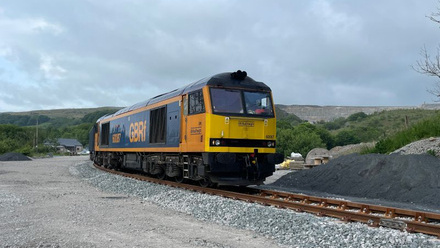Tiny robots to maintain ageing water infrastructure
The technology could inspect and fix leaky water pipes autonomously without the need to dig up roads.

The University of Sheffield, in collaboration with the Universities of Birmingham, Bristol and Leeds, has developed the range of miniature robots with sensors that can travel through pipes and check for defects autonomously.
Currently, the only way for workers to pinpoint the flaw is by digging and locating a leak in the maze of pipes. This can take days of searching, resulting in high costs and road closures that affect businesses and residents nearby.
Utility street works cost the UK economy at least £4bln per year, and 3bln litres of water are lost through leaks every day in England and Wales alone.
The smallest robot measures 40mm wide – similar to the size of a toy car. The bots are equipped with tiny, high-spec acoustic sensors and cameras, which enable them to navigate and detect faults freely.
A Pipebot swarm can be placed in a deployment hub and lowered into a water pipe through a hydrant by an engineer. The tiny patrollers will then explore the area, scan for faults and relay data back to the engineer above ground.
They are equipped with all-terrain legs that enable them to navigate through any difficult paths they might encounter while underground. They can also talk to each other within a short range, so they can work together to carry out tasks and problem solve.
Aside from water pipes, the bots are capable of operating in a range of other environments, including sewers, gas pipes and dangerous sites that are inaccessible to humans.
Thanks to funding from the UK Office for Water Services, the Sheffield researchers are working on three projects with partners from the water industry and local authorities across the UK to adapt the bots to meet specific industry needs. The work includes:
- Pipebot Patrol – a project to develop, build and test an autonomous sewer robot that lives in the sewer, constantly inspecting and raising alerts to the precise location of blockages, as they are beginning to form.
- Pipebots for Raising Mains – a project to develop technology for condition assessment inspections in live rising wastewater mains, which will enable rehabilitation works to be planned and prioritised, reducing the risk of failure leading to pollution.
- No Dig Leak Repair – a project to develop technology to repair leaks from within live water mains, without disruptive excavations and with minimal interruptions to water supplies.







